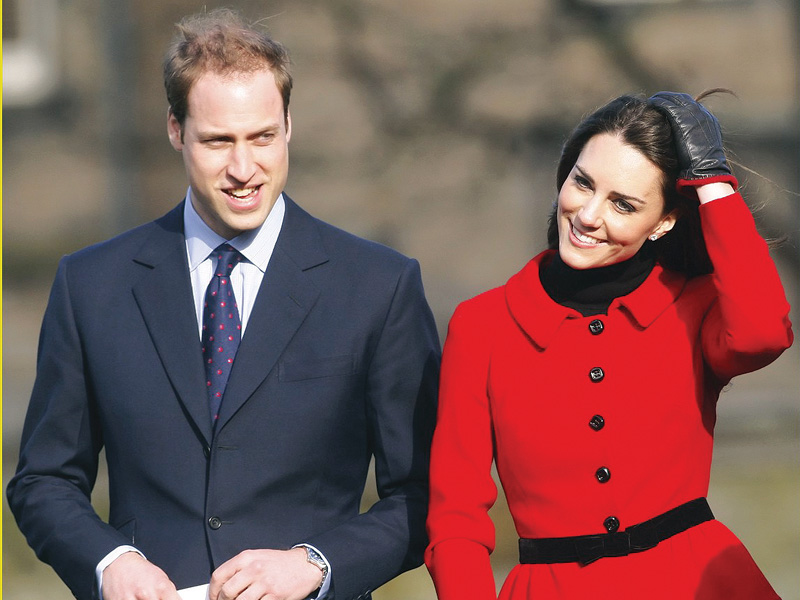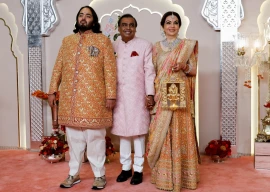
Under a proclamation from King George V in December 1917, only the eldest son of William and Kate, who is due to give birth sometime in the middle of the year, would have been called a prince.
A girl would have only have had the title "Lady" and would not have been known as "Her Royal Highness".
However, the queen has issued a "Letters Patent" - a form of royal announcement - to change this so all the children of William, whose father is heir-to-the-throne Prince Charles, would be treated the same.
A notice placed in the London Gazette, Britain's official newspaper of record, said: "All the children of the eldest son of The Prince of Wales (Charles) should have and enjoy the style, title and attribute of Royal Highness with the titular dignity of Prince or Princess prefixed to their Christian names or with such other titles of honor."
The change was expected after Britain and the 15 other Commonwealth countries which have the queen as their monarch agreed to change the rules of royal succession so that males would no longer have precedence as heir.
Letters patent allow a monarch to make alterations or proclamations usually involving a person's title or official status without the need for parliamentary consent.
It was the method used by the queen to confer the title Duke of Cambridge upon William when he married Kate in April 2011.
There has been huge global interest in Kate's pregnancy which was announced in December when she spent days in hospital suffering from a type of very acute morning sickness.

1731570357-0/elon-musk-(1)1731570357-0-165x106.webp)
-(1)1717678110-0/Kendrick-(1)-(1)1717678110-0-165x106.webp)




-(1)1720859193-0/Untitled-design-(83)-(1)1720859193-0-270x192.webp)


1719735613-0/Untitled-design---2024-06-30T131437-449-(1)1719735613-0-270x192.webp)






COMMENTS
Comments are moderated and generally will be posted if they are on-topic and not abusive.
For more information, please see our Comments FAQ